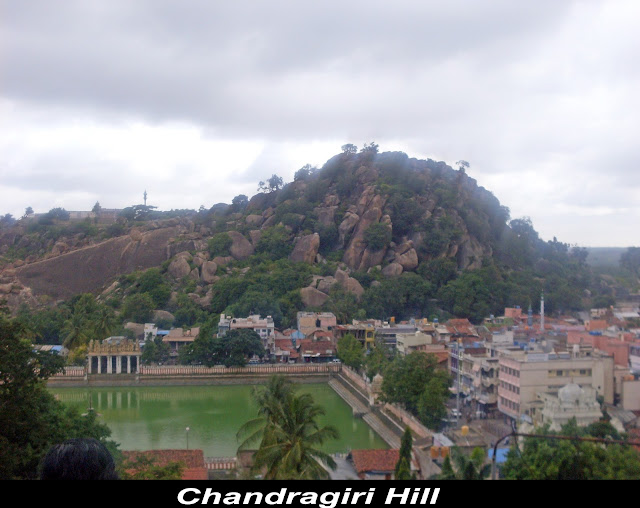Halebidu means ` old city ' or
the ' destroyed city’ is located in
Hassan District of Karnataka .
Halebidu , previously known as ‘Dwarasamudra’
after a huge artificial lake of the same name ,was the capital of the Hoysala
Empire in the 12th century.
This temple is a classic
example of Karnataka’s glorious past and rich heritage. The magnificent shrine
dedicated to lord shiva is the largest and the best of Hoysala temples.
This temple premises have two
shiva temples, Hoysaleshwara ( for the king) and Santhaleshwara
(for the Queen ) built in honor of the king and the queen.
The temple have four gates
each adorned by dwarpals on both sides.
The sanctums have a
characteristic star shaped ground plan and are set on a stone platform. This
double star temples has 64 spokes in its star.
The sanctums enshrine an east
facing lingam, precede by a Nandhi
Mandapa with a huge statue of Nandhi Bull, the celestial vehicle of Lord Shiva.
The real beauty of the temple
lies in the carving on outside walls of the temple. The lower portion of the
temple is decorated with one of the most richly sculptured friezes which run
continuously along the wall.
The interiors of the temples are equally
impressive with ornately carved pillars.
Each carvings on the wall is
carved with such details that the viewers are forced to think about the
patience , determination and spiritual inspiration processed by the craftsmen.
The
stone carvings looked so well crafted that you wonder how these are made about
1000 years back.Mind blowing level of
detailing in each of the walls of the temple. The pillars are objects of
marvel.
The temples are made of soap
stones which made the carvings easy and due to which even minute details are
visible. The beauty and the strength of the soap stone is such that in many
places especially in the pillars, there are sharp edges which you can feel by
your fingers.
Outside walls of the temple have stories of Indian Mythology
carved beautifully. The most interesting thing is no two sculptures in the
temples are alike.
The huge Ganesha idol is a
master piece , but truncated and mutilated by the invaders. It still stands
there for the mutiny.
There is a very beautiful
lake near this temple. This place is certainly for art lovers and cultural
photographers. This magnificent temple with beautiful gardens sits silently in
a dusty corner.
It is an incomplete temple, sacked and looted many times by
Delhi sultanates .But after that also this can be described as the most
beautiful of the Hoysala temples.
The temple is now preserved
by Archaeological Survey of India. Guides from the archaeological department
are available and charges around 200-250 and would take you around the temple
and explain each and every detail and the stories on the walls.
There is also a museum in the
temple complex housing beautiful sculptures excavated at the temple site by
ASI.
Even after all the
destruction it has seen , it is one of the well preserved temple around.
People interested in art and
sculpture, and history this is a must visit place. It’s a photographer’s
delight.























































